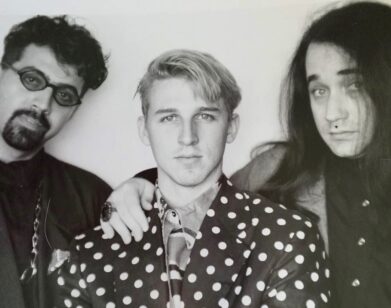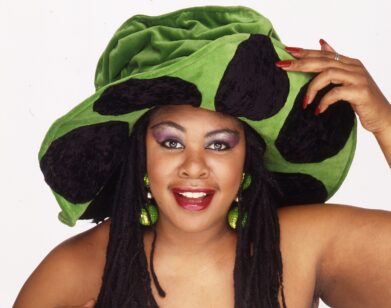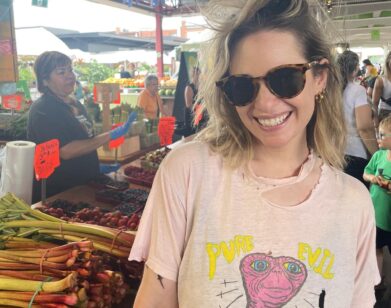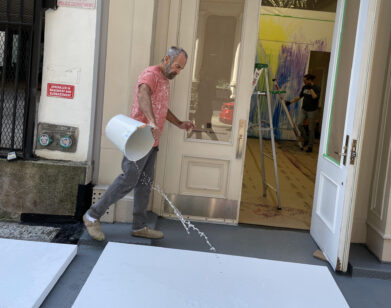Robert Doisneau: A Parisian in Palm Springs
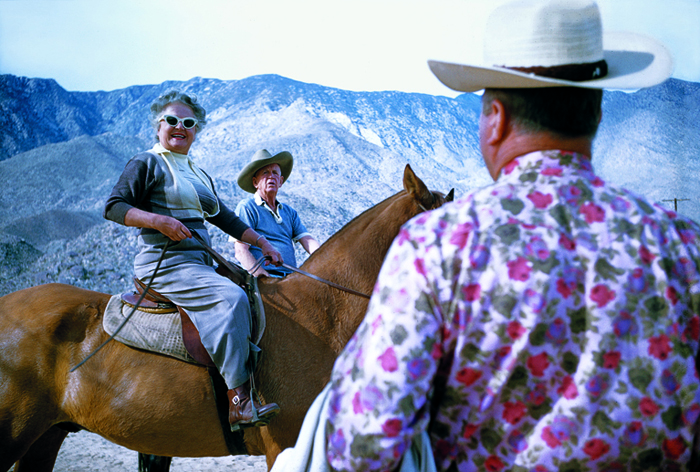
© ATELIER ROBERT DOISNEAU, 2010.
FROM ROBERT DOSINEAU: PALM SPRINGS 1960 (FLAMMARION)
The iconic black and white images of Paris by French photographer Robert Doisneau have become one of the great clichés of the city, the kind of thing that brings out of everyone’s inner lensman. They’ve been played out on coffee mugs, T-shirts, calendars, and postcards: his pictures of beautiful boys and girls anointing the streets, artisans and bourgeoisie enjoying their hard-won leisure time, and couples–oh the couples!–gallivanting in front of architectural legends. These photographs, particularly Doisneau’s most famous Le Baiser de l’Hôtel de Ville (Kiss by the Hôtel de Ville), a commission for Life Magazine in 1950, comprise the mass-market vernacular of Paris—an idealized, and permanent, form of marketing
Given this, it’s either odd or oddly fitting that in 1960, the photographic chronicler and venerable crusader of black-and-white, who was born and lived his whole life in Paris, was commissioned by Henry Luce’s Fortune Magazine to create a body of work that, until now, has remained relatively unknown. Bound for Palm Springs, perhaps the most manufactured place in America, Doisneau was asked to make images in color and illustrating the contents of an article entitled, “Grass and Pleasure Grow in the Desert.” The editorial that ran comprised 23 shots. The content is bland: golfers on greens, and cocktail-sipping house wives. The edit failed to do justice to the ironic, intelligent, and poignant, and above all, highly-spirited body of work that Doisneau created for this commission. The forthcoming Palm Springs 1960 (Rizzoli) brings together all the pictures that the magazine disregarded from the magazine’s edit.
While Doisneau made skillful images, his perplexed response to his surroundings—arid, and oven-like, oddly dotted with utopiangolf courses and pools and the ostentatious, extravagance lifestyles planted there—becomes apparent even only a few pages into the book. Buffet tables overflow with food while women wear gloves, hats and furs in spite of the brutal heat. Pools sit serenely, and no one swims. But they do golf, and rows of men occupy manicured, emerald expanses, juxtaposed by desert sands. They’re gents in their little carts, carrying out the coveted game, in muted, sensitive, Kodachrome color.
Hungrily, I flipped page after page, enthralled by the oddity of it all. We can only image the curiosity Doisneau must have felt, documenting this strange land, so very far from the Paris with such a more cohesive romance.

